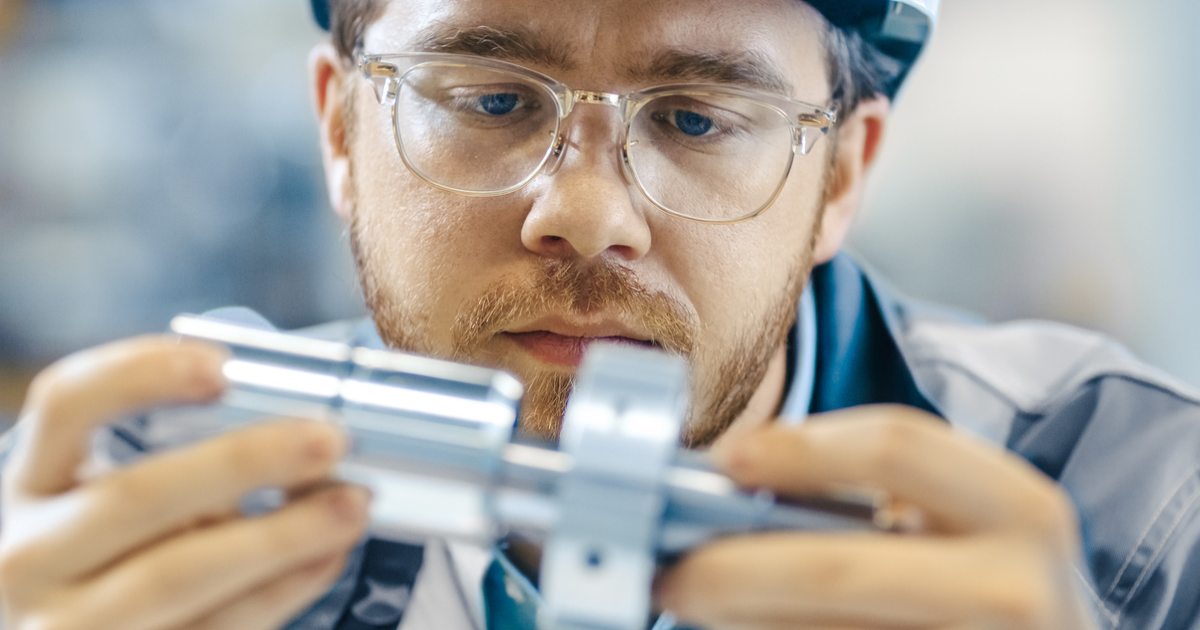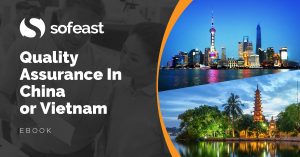I am guessing that about 96% of quality inspections done in China, on behalf of overseas buyers, are conducted in the supplier’s facility on a set of randomly-picked samples. About 3% are done at the supplier’s facility, on 100% of the pieces (typically, high-value items). And maybe 1% is done in a facility controlled by the buyer or a service provider engaged by the buyer.
And it makes sense. In most cases, a random inspection (or a series of such inspections along the manufacturing cycle) is the best use of the buyer’s money.
But what if receiving 5% (or more) of defective products would be a serious problem for your company? Is this way the best option?
When and why a 100% inspection in a third party facility makes sense over random inspections
In this article, I want to cover a specific case:
You feel your supplier will deliver between 75% and 100% defect-free products, but receiving 5% (or more) of defective products would be a serious problem for your company.
That’s a relatively common scenario if you sell components to other businesses, sell through the Amazon FBA model, or simply if returns and chargebacks from your customers are very expensive,
Do you want to do random inspections in that case? There are 2 drawbacks that you might not be comfortable with:
- If your supplier doesn’t accept an AQL limit below 2.5 for major defects, even a very well-performed inspection will sometimes result in an accepted batch that includes more than 5% of defective goods. This risk is clearly documented and quantified in the MIL-STD 105E and the ISO 2859-1 standards.
- If a batch is rejected, the supplier might focus on arguing that your standard is too high, that the inspector was too tough and probably wanted to be given bribes, and so on and so forth… and they might not do a real sort & rework job. We have seen many inspection + re-inspection + re-re-inspection cycles, no noticeable improvement is visible, and the buyer gets very frustrated.
The alternative to random inspections
To avoid these potential issues with random inspections, an alternative is to have the batch of products delivered to a third-party inspection facility — let’s call it an inspection & repacking platform — for a 100% inspection where all pieces are checked individually.
This is only possible if the supplier accepts terms such as these:
- The supplier gets paid 80% of the total amount
- The supplier delivers the whole batch to the inspection & repacking platform
- 100% of the pieces are checked; ‘good’ ones are packed and ‘bad’ ones are set aside
- The buyer confirms that photos of ‘bad’ pieces show real defects
- If more than 80% of the pieces are good, they are paid. For example, if 90% are good, the buyer pays an extra 10% to the supplier.
- Defective parts are shipped back to the supplier at the supplier’s cost
- If the supplier can rework or replace defectives, the replacement pieces are re-checked and paid.
This is an example of a fair arrangement between supplier and importer. We have seen it work well in the past if both sides are reasonable.
It reduces the customer’s risk without putting the supplier at high risk.
It is often a good ‘next step’ in case a random inspection showed some relatively widespread issues. It shows the buyer is looking for compromise, not punishment (or revenge).
—
Your thoughts…
What do you think about using a 100% inspection in a third party facility for your products? Have you seen this type of situation, and what were the issues? Let us know by leaving a comment, please.
Sofeast: Quality Assurance In China Or Vietnam For Beginners [eBook]
This free eBook shows importers who are new to outsourcing production to China or Vietnam the five key foundations of a proven Quality Assurance strategy, and also shows you some common traps that importers fall into and how to avoid or overcome them in order to get the best possible production results.
Ready to get your copy? Hit the button below:


